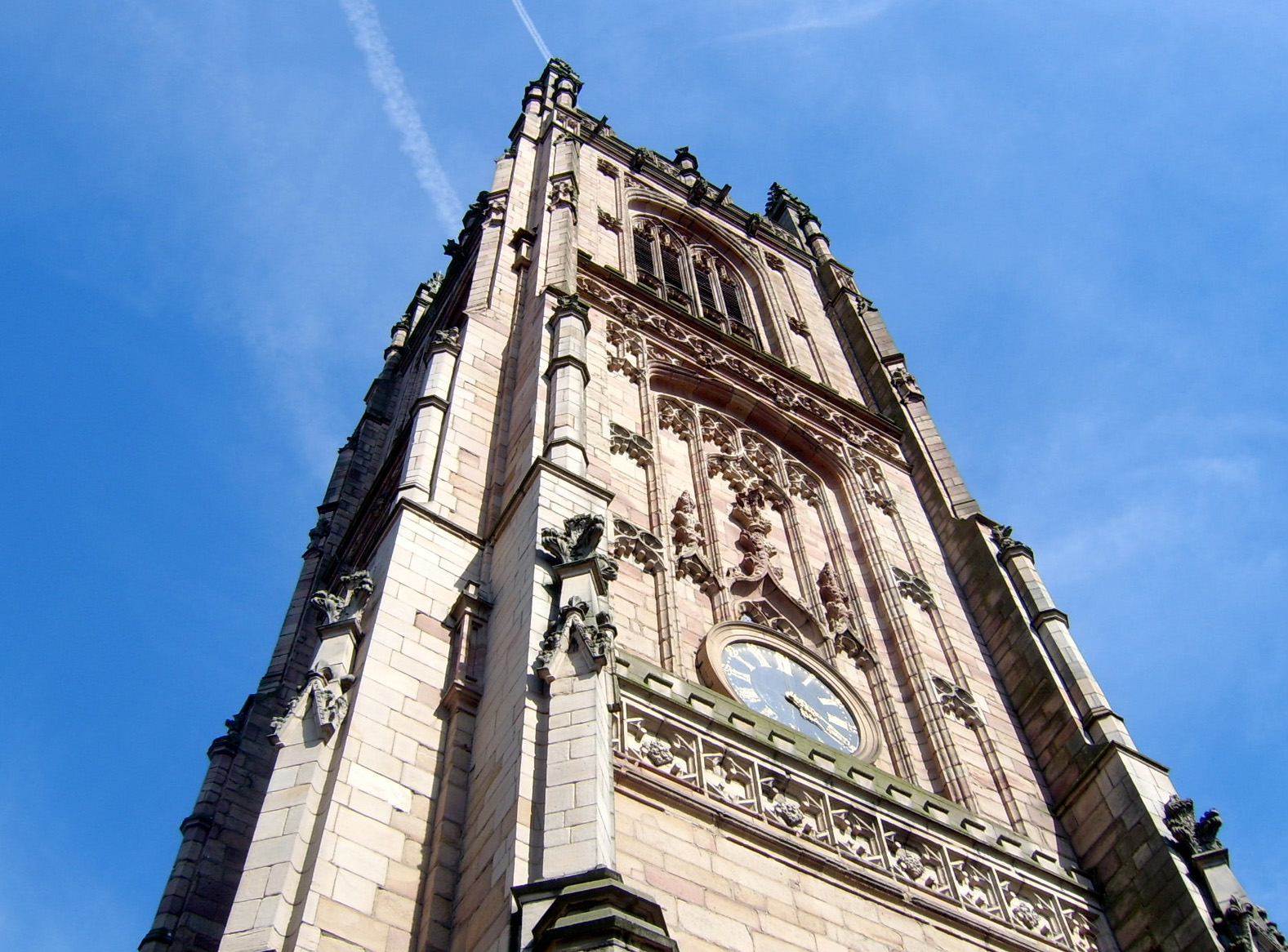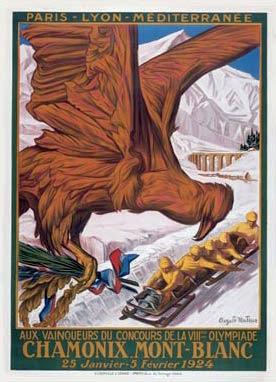|
Arthur Eaton
Arthur Eaton (1857 – 29 June 1924) was an architect based in Derby. Background He was born in Sutton on the Hill, Derbyshire, the son of Charles Eaton (1819-1893) farmer of Etwall and Jane Morley (1822-1886). He was baptised on 30 December 1857 in St Michael's Church, Sutton-on-the-Hill. He was educated at Repton School Repton School is a 13–18 co-educational, private, boarding and day school in the public school tradition, in Repton, Derbyshire, England. Sir John Port of Etwall, on his death in 1557, left funds to create a grammar school which was th .... He married Mary Elizabeth Morley (1858-1927) on 11 September 1886. They had three children: *Kathleen Eaton (1888-1962) *George Morley Eaton (1889-1940) *Doris Eaton (1891-1982) In retirement he lived at The Summit, Burton Road in Derby and he died on 29 June 1924. Career He was articled to Giles and Brookhouse in Derby before establishing his own practice at 6 St James’ Street, Derby around 1884. He formed ... [...More Info...] [...Related Items...] OR: [Wikipedia] [Google] [Baidu] |
Derby
Derby ( ) is a City status in the United Kingdom, city and Unitary authorities of England, unitary authority area on the River Derwent, Derbyshire, River Derwent in Derbyshire, England. Derbyshire is named after Derby, which was its original county town. As a unitary authority, Derby is administratively independent from Derbyshire County Council. The population of Derby is (). The Romans established the town of Derventio Coritanorum, Derventio, which was later captured by the Anglo-Saxons and then by the Vikings who made one of the Five Boroughs of the Danelaw. Initially a market town, Derby grew rapidly in the industrial era and was home to Lombe's Mill, an early British factory and it contains the southern part of the Derwent Valley Mills World Heritage Site. With the arrival of the railways in the 19th century, Derby became a centre of the Rail transport in Great Britain, British rail industry. Despite having a Derby Cathedral, cathedral since 1927, Derby did not gain City ... [...More Info...] [...Related Items...] OR: [Wikipedia] [Google] [Baidu] |
Sutton On The Hill
Sutton-on-the-Hill is a parish in south Derbyshire, west of Derby. The population of the civil parish taken at the 2011 Census was 123. The village is widely spread out and contains both a church (which, unlike most of the village, is on the hill) and a chapel. It was described as "a parish, with two townships and a hamlet" in the 1870s. Now it has no shop or post office and limited public transport links. Sutton on the Hill is primarily an agricultural area with former dairy farms at either end of the village, along with the Sutton Estate Farm. The village school has been converted into a village hall and has a nursery school for the local villages. History Sutton on the Hill is mentioned twice in the Domesday Book where it is spelt ''Sudtun'' and ''Sudtune''. The book says there is one carucate which is a berewick of the manor of Mickleover which at that time belonged to the Abbey of Burton together with other berewicks which included Dalbury, Sudbury and Hilton. Later, ... [...More Info...] [...Related Items...] OR: [Wikipedia] [Google] [Baidu] |
St Michael's Church, Sutton-on-the-Hill
St Michael's Church, Sutton-on-the-Hill is a Grade II* listed parish church in the Church of England in Sutton on the Hill, Derbyshire. History The church dates from the 14th century, but with the exception of the chancel, was very heavily rebuilt in 1863 by the architects Giles and Brookhouse of Derby. The tower and spire was raised to , higher than the one it replaced. The east window was filled with stained glass by Hardman & Co. of Birmingham. The chancel floor was laid with Minton encaustic tiles. A Gurney Stove was installed for heating. The contractor was W.H. and J. Slater. Organ The organ dates from 1881 and is by Harston & Son. A specification of the organ can be found on the National Pipe Organ Register. Parish status The church is in a joint parish with * St John the Baptist's Church, Boylestone * St Michael and All Angels' Church, Church Broughton * St Chad's Church, Longford *All Saints' Church, Dalbury * Christ Church, Long Lane *St Andrew's Church, Radbo ... [...More Info...] [...Related Items...] OR: [Wikipedia] [Google] [Baidu] |
Repton School
Repton School is a 13–18 co-educational, private, boarding and day school in the public school tradition, in Repton, Derbyshire, England. Sir John Port of Etwall, on his death in 1557, left funds to create a grammar school which was then established at the Repton Priory. For its first 400 years, the school accepted only boys; girls were admitted from the 1970s, and the school was fully co-educational by the 1990s. Notable alumni, also known as "Old Reptonians", include C. B. Fry, Harold Abrahams, Christopher Isherwood, Jeremy Clarkson, Andy Wilman, Roald Dahl, Adrian Newey and Archbishop Lord Ramsey of Canterbury. History The school was founded by a 1557 legacy in the will of Sir John Port of Etwall, leaving funds for a grammar school at Etwall or Repton, conditional on the students praying daily for the souls of his family: Through this private endowment, Repton School was set up as a charity, with early boarding pupils coming from Repton and the neigh ... [...More Info...] [...Related Items...] OR: [Wikipedia] [Google] [Baidu] |
Village Hall - Geograph
A village is a human settlement or Residential community, community, larger than a hamlet (place), hamlet but smaller than a town with a population typically ranging from a few hundred to a few thousand. Although villages are often located in rural areas, the term urban village is also applied to certain urban neighborhoods. Villages are normally permanent, with fixed dwellings; however, transient villages can occur. Further, the dwellings of a village are fairly close to one another, not scattered broadly over the landscape, as a dispersed settlement. In the past, villages were a usual form of community for societies that practice subsistence agriculture and also for some non-agricultural societies. In Great Britain, a hamlet earned the right to be called a village when it built a Church (building), church. [...More Info...] [...Related Items...] OR: [Wikipedia] [Google] [Baidu] |
Derby - Rolls-Royce Factory (geograph 2157711)
Derby ( ) is a City status in the United Kingdom, city and Unitary authorities of England, unitary authority area on the River Derwent, Derbyshire, River Derwent in Derbyshire, England. Derbyshire is named after Derby, which was its original county town. As a unitary authority, Derby is administratively independent from Derbyshire County Council. The population of Derby is (). The Romans established the town of Derventio Coritanorum, Derventio, which was later captured by the Anglo-Saxons and then by the Vikings who made one of the Five Boroughs of the Danelaw. Initially a market town, Derby grew rapidly in the industrial era and was home to Lombe's Mill, an early British factory and it contains the southern part of the Derwent Valley Mills World Heritage Site. With the arrival of the railways in the 19th century, Derby became a centre of the Rail transport in Great Britain, British rail industry. Despite having a Derby Cathedral, cathedral since 1927, Derby did not gain City ... [...More Info...] [...Related Items...] OR: [Wikipedia] [Google] [Baidu] |
1857 Births
Events January–March * January 1 – The biggest Estonian newspaper, ''Postimees'', is established by Johann Voldemar Jannsen. * January 7 – The partly French-owned London General Omnibus Company begins operating. * January 9 – The 7.9 1857 Fort Tejon earthquake, Fort Tejon earthquake shakes Central California, Central and Southern California, with a maximum Mercalli intensity scale, Mercalli intensity of IX (''Violent''). * January 24 – The University of Calcutta is established in Kolkata, Calcutta, as the first multidisciplinary modern university in South Asia. The University of Bombay is also established in Mumbai, Bombay, British India, this year. * February 3 – The National Deaf Mute College (later renamed Gallaudet University) is established in Washington, D.C., becoming the first school for the advanced education of the deaf. * February 5 – The Federal Constitution of the United Mexican States of 1857, Federal Constitution of ... [...More Info...] [...Related Items...] OR: [Wikipedia] [Google] [Baidu] |
1924 Deaths
Events January * January 12 – Gopinath Saha shoots Ernest Day, whom he has mistaken for Sir Charles Tegart, the police commissioner of Calcutta, and is arrested soon after. * January 20–January 30, 30 – Kuomintang in China holds its 1st National Congress of the Kuomintang, first National Congress, initiating a policy of alliance with the Soviet Union and the Chinese Communist Party. * January 21 – Alexander Cambridge, 1st Earl of Athlone, The Earl of Athlone is appointed Governor-General of the Union of South Africa, and High Commissioner for Southern Africa.Archontology.org: A Guide for Study of Historical Offices: South Africa: Governors-General: 1910-1961 (Accessed on 14 April 2017) * January 22 – R ... [...More Info...] [...Related Items...] OR: [Wikipedia] [Google] [Baidu] |
Architects From Derby
An architect is a person who plans, designs, and oversees the construction of buildings. To practice architecture means to provide services in connection with the design of buildings and the space within the site surrounding the buildings that have human occupancy or use as their principal purpose. Etymologically, the term architect derives from the Latin , which derives from the Greek (''-'', chief + , builder), i.e., chief builder. The professional requirements for architects vary from location to location. An architect's decisions affect public safety, and thus the architect must undergo specialised training consisting of advanced education and a ''practicum'' (or internship) for practical experience to earn a license to practice architecture. Practical, technical, and academic requirements for becoming an architect vary by jurisdiction though the formal study of architecture in academic institutions has played a pivotal role in the development of the profession. Origins Thr ... [...More Info...] [...Related Items...] OR: [Wikipedia] [Google] [Baidu] |







